Dizziness can hit out of nowhere—one minute you’re fine, the next, the room is spinning. It’s frustrating, disorienting, and sometimes even scary. If you’ve been dealing with vertigo or balance issues, you might have heard that a chiropractor can fix it in just one session. Sounds promising, right? But is it actually true? Can a quick spinal adjustment really make the dizziness disappear?
The answer isn’t as simple as a yes or no. While some people feel immediate relief after a chiropractic visit, others may need multiple sessions—or a different approach altogether. It all depends on what’s causing the problem in the first place. Let’s break down what chiropractors actually do, how spinal alignment affects balance, and whether one visit is enough to get you steady on your feet again.
How does a chiropractor address dizziness caused by spinal misalignment?
A chiropractor addresses dizziness caused by spinal misalignment by performing specific spinal adjustments to restore proper alignment, particularly in the cervical spine (neck). Here’s how chiropractic care helps:
- Spinal Adjustments: The chiropractor uses manual manipulation to adjust misaligned vertebrae in the neck and spine. These adjustments help restore proper movement and alignment of the vertebrae, improving nerve function and alleviating any pressure on the nerves that may be contributing to dizziness.
- Restoring Blood Flow: Misalignments in the cervical spine can disrupt blood flow to the brain, leading to dizziness or a sensation of imbalance. Chiropractic adjustments help to improve circulation by allowing the blood vessels to function properly, reducing the likelihood of dizziness.
- Balance and Nervous System Function: The nervous system plays a key role in balance, and spinal misalignments can interfere with the body’s ability to maintain equilibrium. By addressing these misalignments, chiropractors help the nervous system send more accurate signals to the brain, improving balance and reducing dizziness.
- Trigger Point Therapy and Soft Tissue Work: In addition to spinal adjustments, chiropractors may use soft tissue therapies, such as massage or trigger point therapy, to release muscle tension in the neck and shoulders. This helps further relieve any contributing factors to dizziness, such as muscle tightness.
Chiropractic care aims to correct spinal misalignments that may be causing dizziness by improving alignment, blood flow, and nervous system function. This ultimately helps to alleviate vertigo and balance issues.
What are the common chiropractic techniques used for vertigo relief?
Chiropractors use several techniques to relieve vertigo, especially when it is caused by spinal misalignments or inner ear dysfunction. Here are some of the most common chiropractic techniques used for vertigo relief:
- Cervical Spine Adjustments: Misalignments in the cervical spine (neck) can affect the nerves and blood flow, contributing to vertigo. Chiropractors use gentle spinal adjustments to realign the vertebrae in the neck, restoring proper movement and reducing the pressure on nerves, which can help alleviate dizziness and improve balance.
- The Epley Maneuver: The Epley maneuver is often used to treat benign paroxysmal positional vertigo (BPPV), a type of vertigo caused by displaced calcium crystals in the inner ear. The chiropractor guides the patient through a series of head movements designed to reposition the crystals, relieving the symptoms of vertigo.
- Balance and Vestibular Exercises: Chiropractors may recommend exercises designed to improve the vestibular system’s function and balance. These exercises help retrain the brain to compensate for the balance changes and reduce feelings of dizziness.
- Soft Tissue Therapy and Myofascial Release: Tight neck and upper back muscles contribute to vertigo. Chiropractors use soft tissue therapy techniques, such as myofascial release and trigger point therapy, to relieve tension in the muscles surrounding the spine, improving range of motion and reducing vertigo symptoms.
- Activator Method: The Activator Method uses a small, hand-held instrument to adjust the spine with controlled force precisely. This technique is gentle and may be beneficial for patients who experience vertigo but prefer a less forceful approach than manual spinal adjustments.
These chiropractic techniques, often combined, help address the root causes of vertigo, including cervical misalignments and vestibular dysfunction, providing effective relief for those suffering from dizziness and balance issues.
Can spinal adjustments provide immediate relief for dizziness symptoms?
Spinal adjustments can immediately relieve dizziness symptoms, particularly when issues like cervical spine misalignments or nerve interference cause dizziness. When the vertebrae in the neck or upper spine are misaligned, they can pressure the nerves and disrupt blood flow to the brain, resulting in dizziness or a sensation of imbalance.
By performing spinal adjustments, chiropractors restore proper alignment, alleviate pressure on the nerves, and improve circulation, which can quickly reduce dizziness symptoms. Many patients report feeling immediate relief or improved balance after a session.
However, the effectiveness and speed of relief can vary depending on the underlying cause and severity of the dizziness. More than one session may be needed to see significant improvement in cases of more chronic vertigo or conditions like benign paroxysmal positional vertigo (BPPV), where issues are related to the inner ear or displaced crystals.
While some patients experience immediate relief, others may require a treatment plan involving multiple chiropractic sessions, exercises, or other therapies to address the root causes of their dizziness fully. In either case, spinal adjustments can be a valuable tool in providing relief and improving balance over time.
How many chiropractic sessions are typically needed to improve balance and vertigo?
The number of chiropractic sessions needed to improve balance and vertigo can vary depending on the individual, the condition’s severity, and the symptoms’ underlying cause. However, here is a general guideline:
- Mild to Moderate Cases: Improvement can often be seen in just a few sessions for individuals with mild or moderate vertigo caused by cervical misalignments or neck and upper back tension. Typically, patients may feel better after 2-4 chiropractic visits, as spinal adjustments help restore proper alignment, improve circulation, and relieve nerve pressure.
- Benign Paroxysmal Positional Vertigo (BPPV): For where inner ear crystals become dislodged, techniques like the Epley maneuver are often combined with spinal adjustments. In many cases, symptoms may be relieved after just one or two sessions, especially if the crystals are repositioned successfully. However, follow-up visits may be required to ensure complete resolution.
- Chronic or Severe Vertigo: A longer treatment plan may be needed for more chronic or severe cases of vertigo or balance issues. In these cases, chiropractic care may involve 6-12 sessions over weeks or months, depending on how the body responds to treatment. Additional therapies, such as balance exercises or lifestyle adjustments, might be recommended to complement spinal adjustments.
The number of sessions required for improvement will vary from person to person, and a chiropractor will create an individualized treatment plan based on the patient’s specific needs and progress.
See How Chiropractors Can Help You Overcome Dizziness and Vertigo!
At Collective Chiropractic, we specialize in helping you find relief from dizziness and vertigo, often caused by spinal misalignments or inner ear issues.
Our expert chiropractors use targeted spinal adjustments to restore balance and improve nerve function, helping reduce dizziness symptoms and overall stability. Sometimes, immediate relief is possible with just one session, while more chronic conditions may require a personalized treatment plan.
Schedule a consultation with us today and take the first step toward feeling better and regaining your balance!
